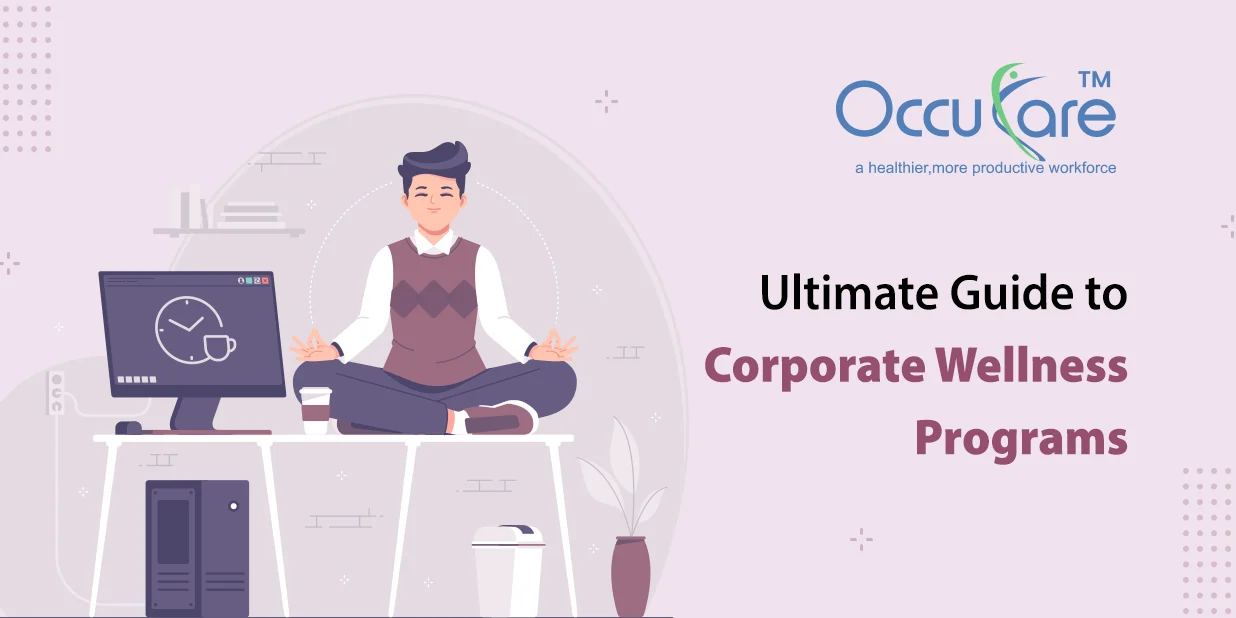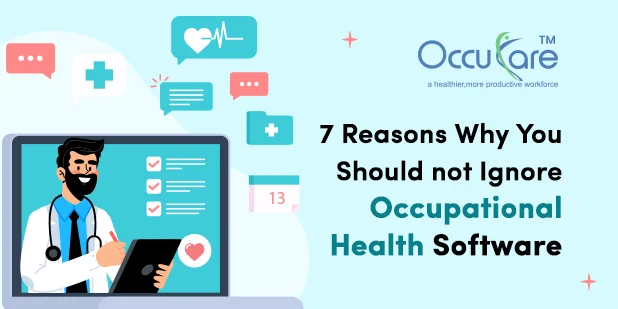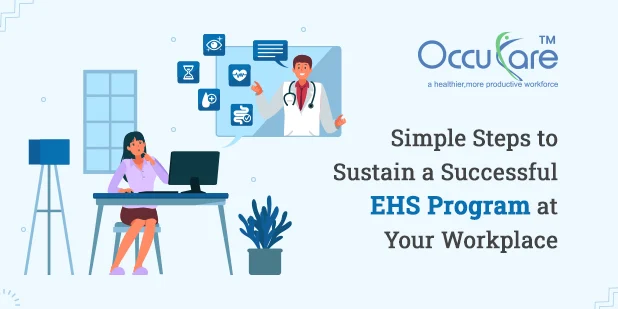Consistent remediation is the most effective technique of preventing industrial pollution. The company’s industrial hygiene must be flawless, and it must promote a culture of continuous and consistent remediation. Nonetheless, you must comprehend the details and determine the most appropriate environmental clean-up services and solutions for the circumstance and your requirements. The responsibility of a strong service provider is to make that identification.
To handle the environmental clean-up properly, you’ll need a good, thoughtful strategy. Only then will you be able to employ its practices to effectively reduce industrial pollution. There are numerous advantages to effective trash management. It ensures the safety and health of your employees, reduces disposal costs, overcomes logistical challenges, maintains regulatory compliance, and improves environmental sustainability. Furthermore, it has the potential to drastically reduce industrial pollutants. Check out the best occupational health and safety software.
Three points that can be considered for stopping industrial pollution:
- Decisive plan: Planning efforts consider industrial pollution avoidance considerations as well as your long-term goals, timing, and budget.
- Evaluations: Surveys of facilities and compliance checks should be carried out. The work plan will be better informed as a result of these activities.
- Developing & Executing a work plan: Then create solutions and services that are specifically tailored to your needs. There should be industrial pollution protection and preparation to handle all forms of hazardous and non-hazardous materials generated during site rehabilitation or demolition.
Some of the ways that we can use to control industrial pollution,
- Conduct a trash audit to identify the amount of garbage your facility generates and to help you better plan your approach.
- Determine and evaluate your waste streams, including totals for liquid vs. solid waste, and hazardous vs. non-hazardous waste.
- Examine the waste-disposal procedures you currently have in place. Ways should be identified to make things better.
- Reduce, reuse, recycle, recover, and dispose of garbage by filtering it and appropriately categorizing it.
- Establish waste reduction goals, such as avoiding compliance infractions and/or reducing waste disposal by 25% in a year.
- Make an action plan for industrial waste management. An action plan will teach your personnel how to properly separate waste.
- Keep your employees well-trained. People must comprehend the programme in order to feel at ease and invest in it.
- Analyze and improve. You can utilize the information you collect to make modifications and improve your programme by keeping track of your progress.
- Find experts in industrial waste management to help you with your sustainability initiatives. Make use of our significant knowledge dealing with the waste you’re dealing with.
Remember your fundamental aim throughout your waste management efforts: constant remediation will help you avoid industrial contamination. Relationships with environmental professionals rely heavily on assessments and planning. These procedures allow for a well-organized and practical compliance strategy.
Experts identify areas for change that will have the greatest impact on reducing industrial pollution. Certified Industrial Hygienists (CIHs) analyze occupational hazards and conduct a full assessment to eliminate or reduce future risks. Process risk management/safety planning and accident prevention planning development are examples of planning solutions.
It is very important to include the services to control industrial pollution, some of them are:
- Trash characterization is the process of analysing your waste stream to identify how much food waste, glass, paper, and other materials are there. This stage is critical because better planning allows you to save money, reduce waste, and build recycling initiatives. Waste sampling is also required in certain circumstances. The hazardous waste sample may be required to maintain EPA and OSHA compliance if your company produces potentially hazardous items or byproducts.
- It is vital to prevent industrial contamination through environmental cleanup. Human exposure to hazardous waste can result in genetic abnormalities, neurological damage, and cancer. The total financial cost of cleanup and remediation if the pollution gets into the groundwater might be astounding. In addition, maintaining regulatory compliance necessitates proper hazardous waste management, which includes training and personal protective equipment (PPE). You could risk fines as well as legal actions if you do not handle garbage in a compliant manner.
- Waste manifesting is a cradle-to-grave endeavour to track the movement of hazardous waste. A manifest must be prepared by the waste generator or shipper to ensure compliance. You must also ensure adequate profiling in order to preserve safety. Profiling safeguards the environment and your employees, as well as your company from fines, penalties, and prosecution.
- Interim solutions are occasionally employed to address human health or environmental problems in the near term before a definitive remedy is decided. To avoid or address industrial contamination, regulations frequently demand remediation. The restrictions are in place to safeguard the environment, water, land, and human health, but they may also aid in the structural preservation of your structures.
- Hazardous substances should not be transferred to critical aspects of your workplace, such as equipment or facilities. Decontaminating field equipment, at the very least by washing it with detergent and water, is critical. If your storage units or processes cause contamination, such as chemical spills, facility decontamination is essential.
Although waste treatment is the least favoured method of pollution protection, it is nevertheless very effective. This is the process of altering the qualities of hazardous industrial waste to make it less dangerous. Physical, chemical, and biological treatments are all part of this process. Physical treatment alters the waste’s physical properties (size, shape, or condition), but not its chemical properties.
Chemical treatment modifies the chemical makeup of trash by exposing it to a variety of chemicals that trigger diverse reactions. When garbage is exposed to organisms that can degrade organic components into simpler organic compounds and biomass, it is referred to as biological treatment. The microbes can break down the waste aerobically or anaerobically, in the presence or absence of oxygen.
Industrial-waste-management-pollution-prevention Pollution prevention is critical for not only preventing land and air contamination, but also reducing the costs, liabilities, and organizational hazards involved with waste management. Plant managers, state governors, and the general public are frequently uninformed of effective waste management procedures, and they are eager to improve their strategies while cutting costs and improving worker safety.








